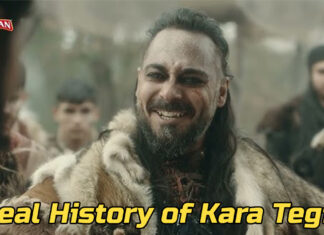konstantinos XI was born in 8 Feb 1404 and died in 29 May 1453 a member of the Palaiologos dynasty which governed the Byzantine Empire from 1261. His father Manuel II Palaiologos was the Emperor of Byzantium in 1391-1425, and his mother, Helena Dragaš, was Serbian nobility, which connected the Byzantine imperial family to Serbia.
konstantinos would have received a good primary education that was expected of a Byzantine prince; he would be trained in military skills and in administration. He was entrusted with governing the Morea (the modern district of Peloponnese) as a viceroy by his brother, Emperor John VIII Palaiologos in 1428.
Governorship of the Morea
Defensive Measures:konstantinos XI as the governor of the Morea was mainly concerned with the strengthening of the fortifications of the region and repelling the Ottoman invaders. He managed to drive back several invasions by the Ottomans and made a number of military and administrative reforms that aimed at stabilizing the region.

Diplomatic Efforts:konstantinos also engaged in diplomacy, trying to gain support for the Byzantines among western partners and other Christian states to defend Byzantine territories.
Rise to Emperor
Accession:konstantinos had been chosen Emperor after the demise of John VIII in 1448 and was elected on the 6th of March 1449. It was accepted by Ottomans in their bid to have some form of legitimacy in their war against Byzantines.
Reign and Struggle
Constantinople’s Siege: Finally, konstantinos XI’s reign is associated with the progressive military threat for Constantinople. The Ottoman Sultan Mehmed II decided to attack the city in April 1453, and besieged it. Thus, the Byzantine defenses were left in disarray for many years and the Greeks did not have any means to support themselves.

Defense of Constantinople:Fearing the Ottoman threat, konstantinos XI played an active part in the defense of the city. He commanded the troops and this role played probably the biggest part of organizing the Byzantine defense. He also asked assistance from Western European countries but was only able to get some help as most Western nations were experiencing political and financial constraints.
Desperation and Heroism: During the siege, konstantinos XI’s efforts were hampered by a lack of effective reinforcements. Despite this, he remained in the city, rallying his forces and organizing the defense until the final days of the siege. He famously discarded his imperial regalia and fought alongside his soldiers in the streets as the Ottomans breached the city walls.
Fall of Constantinople
Final Stand: The Ottomans fought to capture the city and on 29th May, 1453 they succeeded in breaking the city walls. konstantinos XI stood his ground and after a good fight, he was overpowered. It is still suggested that he perished in the combat, his remains never found nor formally recognized because of confusion.

Aftermath: The Byzantine Empire ceased with the capture of Constantinople and the Ottoman Empire began its reign. The city was called Istanbul and it also became the new capital of the Ottoman Empire.
Legacy
Symbol of Resistance: konstantinos XI is seen as a martyred figure and a victim of the fall of Constantinople. In general, his final stand at Constantinople is viewed as a heroic act and the swan song of the Byzantine Empire.
Cultural Impact:There are two legends of martyrdom traditionally associated with konstantinos XI in Greek history and Orthodox Christianity. His memory has found its way in literature, art, and history, especially the historical account of Byzantium and the capture of Constantinople.
His rule is considered to be the time of a tragic hero as he struggles to save Constantinople and this is one of the most important and tragic epochs in the history of Byzantine.












